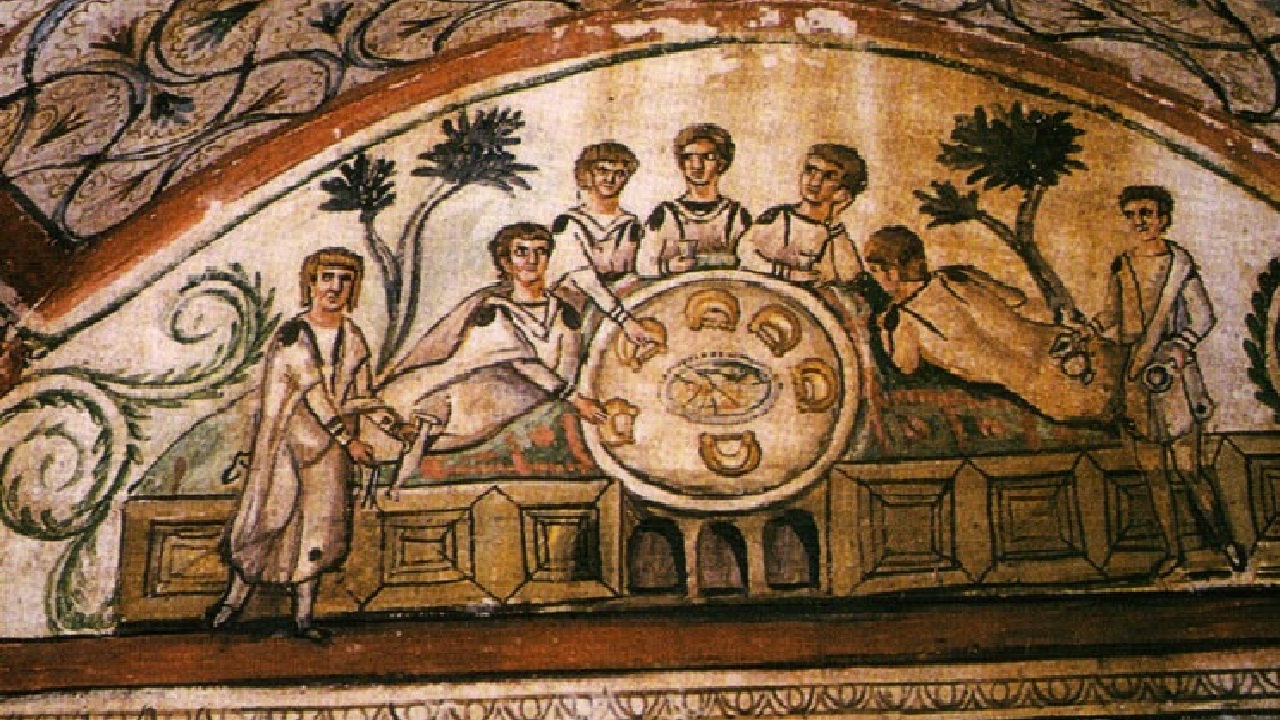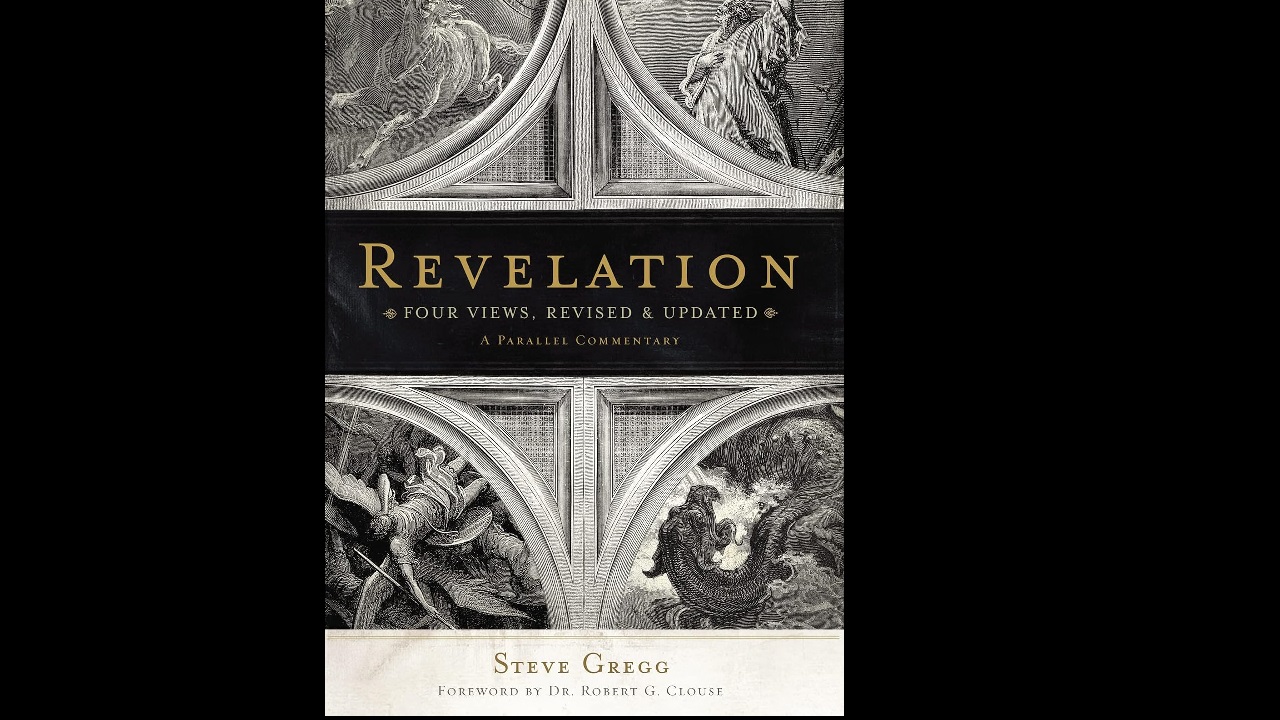“The rest of the dead did not come to life until the thousand years were finished. This is the first resurrection.” Revelation 20:5
The earliest Church Father to quote this verse in full was Victorinus of Pettau, who died around 300 AD. However, his original work was later altered by Jerome. Around 398 AD, a friend asked Jerome to revise Victorinus’s commentary on Revelation. Jerome retained much of the early material but completely replaced the sections on chapters 20 and 21 with his own views. By that time, the Western Church no longer favored a literal thousand-year reign of Christ on earth (known as premillennialism). Instead, it preferred the idea of a “spiritual,” non-literal, ongoing thousand years (called amillennialism), a view reflected in the Nicene-Constantinopolitan Creed of 381 AD.
In his preface, Jerome explained that he “removed what was false and added what was missing” (Praefatio Hieronymi in Victorinum).
“This allegorizing method of interpretation, which did away with the expectation of specific historical fulfillments, eventually displaced the eschatological approach, though both are found together in the commentary of Victorinus in 303. Victorinus’ commentary followed the allegorizing approach. It appears that Augustinian editors may have altered it, however, because in its present form it champions amillennialism, whereas Jerome (c. 345–420) listed Victorinus, along with Tertullian and Lactantius, as a chiliast (that is, a premillennialist).” (Revelation: Four Views, ed. Steve Gregg [Nashville: Thomas Nelson, 2013])
For centuries, only Jerome’s edited version was widely known. It even appeared in the Ante-Nicene Fathers collection in the late 1800s.
In his commentary on Revelation, T. R. Schreiner notes:
“Jerome understood the millennium along the lines of Tyconius and Augustine—that is, from an amillennial perspective. Apringius of Beja (Weinrich 2011; ca. 550) wrote a commentary containing sections from Victorinus that were edited by Jerome (Weinrich 2011: xxvi).” (Revelation, Baker Exegetical Commentary on the New Testament [Grand Rapids: Baker Academic, 2018])
Fortunately, in 1916, an unchanged manuscript of Victorinus’s commentary was discovered. It was published in a major Latin series (Corpus Scriptorum Ecclesiasticorum Latinorum), and later translated into English (see William C. Weinrich, Latin Commentaries on Revelation [Downers Grove, IL: IVP Academic, 2011]). Modern critical editions (e.g., Martine Dulaey, Sources Chrétiennes 423 [Paris: Cerf, 1997]) and translations (Kerry D. Edgecomb, 2006; Weinrich, Latin Commentaries on Revelation, 2011) all rely on this original, unedited text. These versions clearly show that Victorinus did in fact include and discuss Revelation 20:5a.




